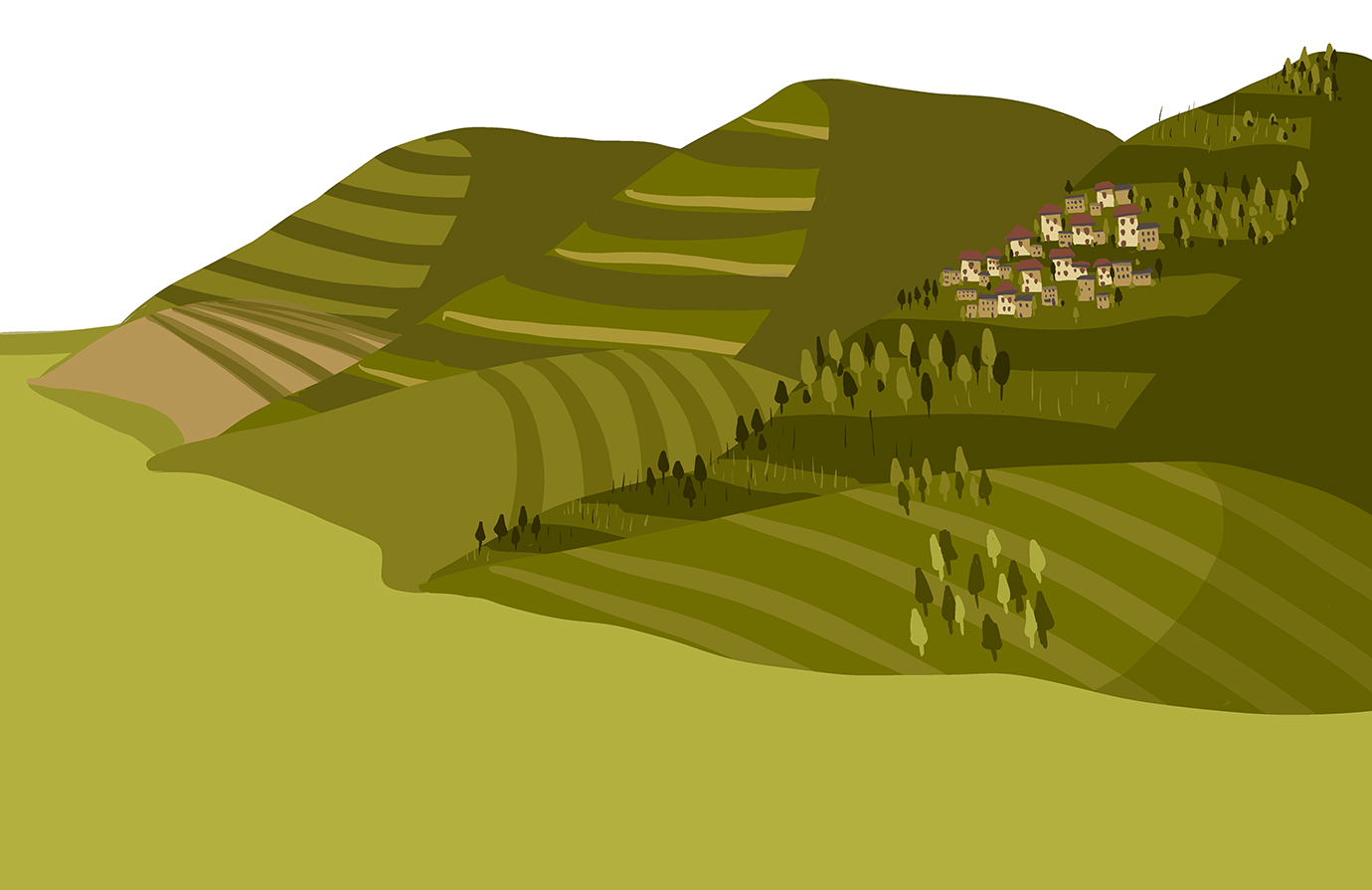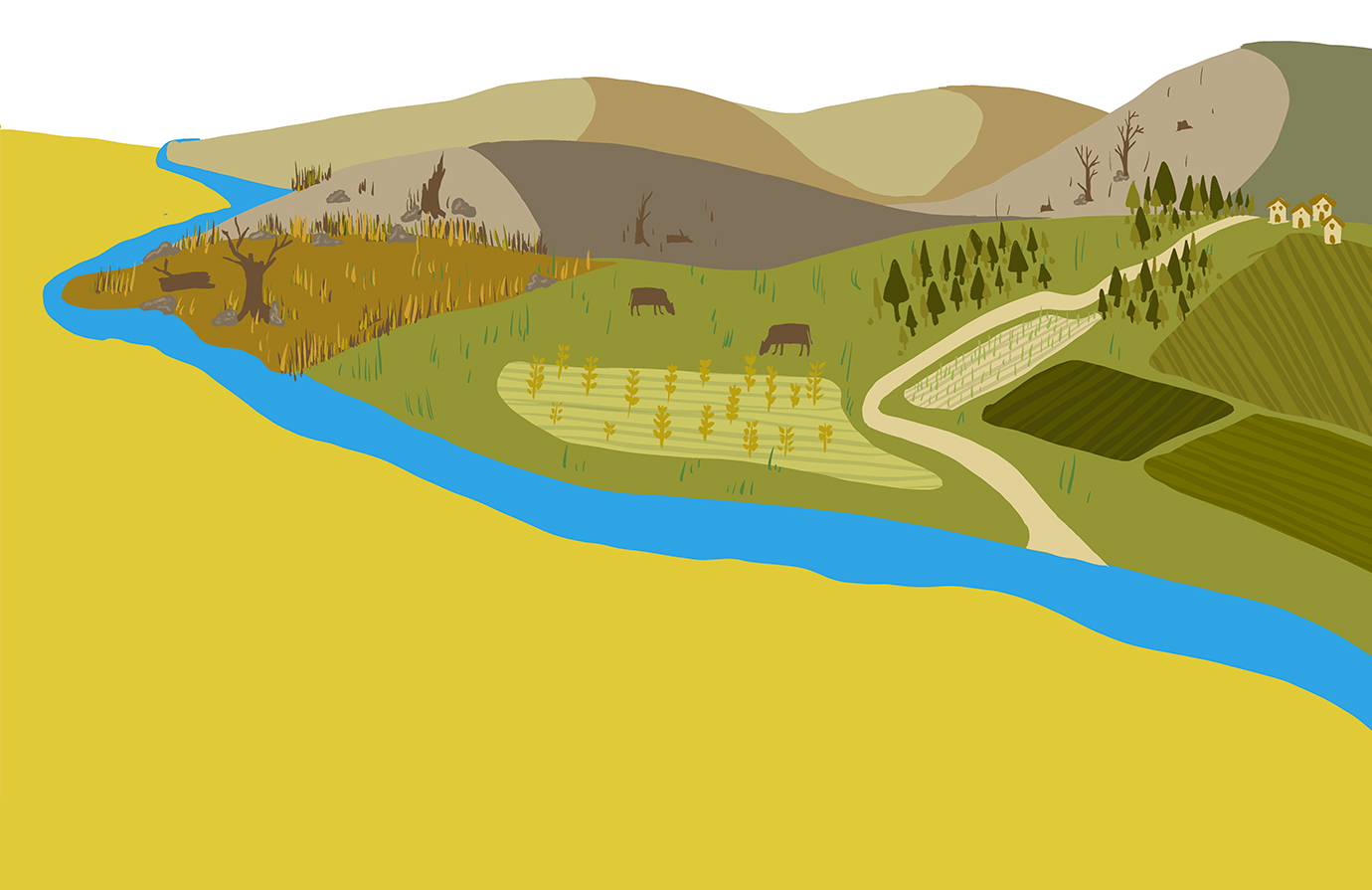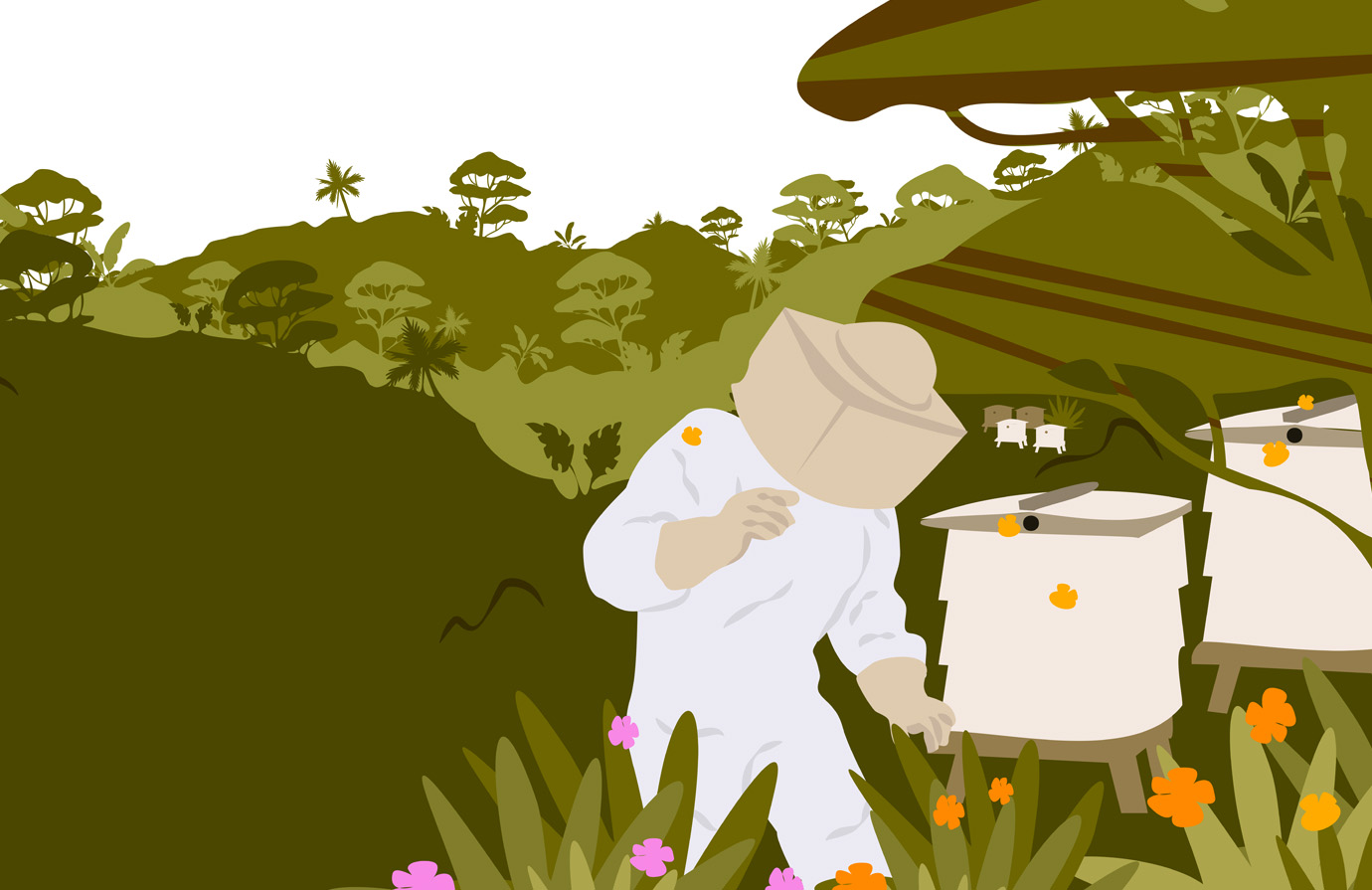The course series "Forest and landscape restoration" introduces the concept of forest and landscape restoration through various subjects including monitoring, forest-based businesses and sourcing of genetic material for restoration.
The course series consists of the following courses:

Introductory course
Degradation of forests and landscapes impacts the global climate, and also the food security and livelihoods of communities. Forest and landscape restoration (FLR) is a process which brings stakeholders together to create healthy,
resilient and productive landscapes and meet national, regional and global commitments. This course has been developed to introduce the key concepts and process of forest and landscape restoration.
45 m

Course
To meet countries’ national commitments to restoring degraded landscapes, adequate public and private investments are needed to support the different steps of the FLR cycle. Financing sources are more efficient when used in a coordinated
way. This course has been developed to improve the awareness and capacities of practitioners and policy makers to analyse FLR financial needs and opportunities, so that they are more effective at securing and coordinating funding
for FLR interventions.
2 h 15 m

Course
As countries work to meet their national commitments to restoring degraded landscapes, it is important that all FLR interventions have manageable monitoring systems in place, to assess progress towards specific goals, support adaptive
management and ensure transparency. This course has been developed to equip practitioners with the capacity to design, plan and implement monitoring systems for FLR interventions.
45 m

Course
This course has been developed to improve the capacity of small-scale producers, their organizations, and small and medium-sized enterprises to access investment and other forms of finance. Facilitating this allows these stakeholders
to derive socioeconomic benefits from their participation in forest value chains, and also complements the resources of official channels in contributing to achievement of the Sustainable Development Goals (SDGs).
1 h 40 m

Course
This course explores how to plan seed and seedling supply for forest and landscape restoration (FLR). This includes the importance of considering seed and seedling origin and genetic quality, the reproductive and supply chain bottlenecks
that reduce genetic diversity or adaptive capacity, and approaches, tools and institutional frameworks that can help ensure that quality seed and seedlings are available for diverse restoration objectives.
2 h
Each course concludes with a final test. A digital badge certificate is issued upon successful completion of the test.
Depending on the interest of learners, the self-paced course series can be completed as a whole, or as individual courses (or lessons), taken independently.
Throughout the course series, references are made to specific courses or lessons where certain subjects are covered more extensively. Each course takes the learner step-by-step through real-life scenarios using interactive screens, and is complemented
by exercises and links to additional material and websites for further reading.
